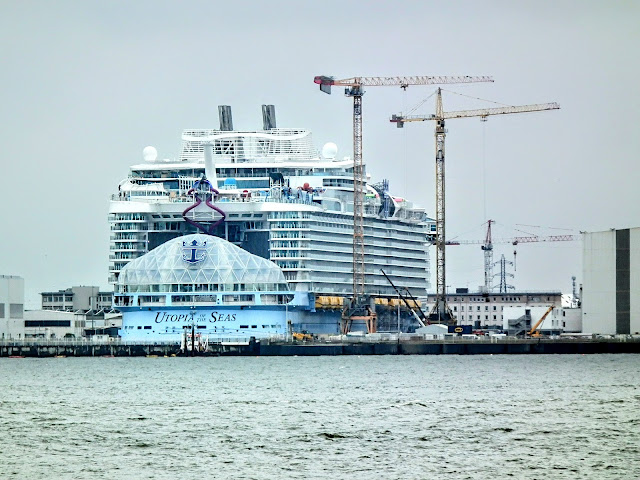The group learning about a spider.
Around thirty people enjoyed discovering La Cabane on Saturday 25May. This privately-owned site has at its heart a former kaolin (china clay) quarry, which has been left to regenerate naturally for the past 40 years. Today, it is an extraordinary habitat where thousands of Tongue orchids thrive.
Knapweed Fritillary Melitaea phoebe (Fr. Mélitée des centaurées) on Ragged Robin Lychnis flos-cuculi (Fr. Lychnide fleur de coucou).
This outing was the fruit of a partnership between the Association de Patrimoine Vivant de la Claise Tourangelle (PVCT), the Association de Préhistoire et d'Archéologie de Bossay (APAB) and the Association de Botanique et de Mycologie de Sainte Maure de Touraine (Botamyco37). The aim was to present the Cabane as a brand-new Zone Naturelle d'Interet Ecologique, Faunistique et Floristique (ZNIEFF), and to explain the importance of recognizing these sites, which are still remarkably rich in biodiversity.
Golden-eye lichen Teloschistes chrysophthalmus (Fr. Téloschiste ocellé), a lichen that is recovering from having been nearly wiped out. It nearly always grows on plants in the rose family.
Each association contributed its own expertise, from ecology to industrial heritage. In addition to "star" species such as orchids, participants were able to see little-known species, enthusiastically presented by specialists. Everyone left with a new appreciation of the fascination that groups such as spiders and lichens can exert. Unfortunately, some of the details of the history of kaolin mining have already been lost, as all those who worked on the site have now passed away.
Willowherb Hawk Moth Proserpinus proserpina (Fr. Sphinx de l'Epilobe). Although these are one of the few insect species that are protected, entomologists now think that it came about as a result of a misunderstanding of their behaviour, and although they are by no means common, they are probably localised rather than rare and endangered.
The range of species we observed was remarkable, adding to an already interesting and diverse species list. The protected Willowherb Hawk moth Proserpinus proserpina was observed for the first time on the site, and we saw everything from fish to flies, beetles to birds, woodlice to slugs.
The group learning about orchids.
The day ended with an aperitif in the field, complete with cider and homemade cakes. My chocolate chip cookies were a big hit, and the recipe was distributed.
The former kaolin quarry, now full of water.
Acknowledgements:
APAB - Christian Caillet and Solange Bigot, for booking and setting up the village hall.
PVCT - François Lefebvre and Bruno Delalle for organizing the flyers (and much more besides...).
Botamyco37 - Marie-Claude Derrien, Patrick Derrien and Marc Fleury for sharing their enthusiasm and expertise for lichens, spiders and orchids respectively.
Jean Pelle for sharing data from the last two decades on the site.
Didier Tranchant and Jean-Marie Millet for their help in researching the history of kaolin extraction.
Monique Bergeot, the owner of the site.
Jerome Desteve, the neighbour at la Touche au Lard, who kindly mowed us an area to park on.
The members of the three associations who participated and are now the defenders of this special site.
Tongue Orchids Serapias lingua (Fr. Sérapias langue).
Further reading: The outing report on the Botamyco37 website, in French, with photos, species list and my article on the history of the kaolin extraction. https://www.botamyco37.com/sortie-a-la-cabane-bossay-sur-claise-25-mai-2024-article-2-18-93.html
My blog post on the history of the kaolin extraction: https://daysontheclaise.blogspot.com/2024/05/the-history-of-china-clay-and-la-cabane.html
Two male Gorilla Jumping Spiders Evarcha arcuata (Fr. araignées sauteuses) fight over territory and a female.
The habitat at la Cabane.
The site was very wet when we visited.
Female Field Cricket Gryllus campestris (Fr. Grillon campetre).


























































